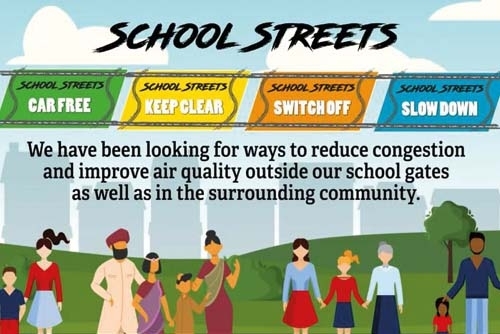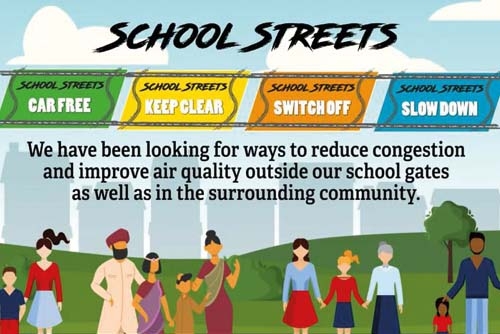School Streets Schemes

The benefits of School Streets Schemes are explained in our short video below. If you'd like more detailed information about implementation, enforcement, exemptions and penalty charge notices, please visit our About School Streets page.

Calcot Infant and Junior School
Find out about the consultation and implementation of our Calcot Infant and Junior School Streets Scheme.

Francis Baily Primary School (Academy)
Find out about the consultation and implementation of our Francis Baily Primary School Streets Scheme.

Springfield Primary School
Full consultation starting in June 2025.

About School Streets
Information about our School Streets schemes, including why we're introducing them, how it works, enforcement, exemptions and penalty charge notices.




